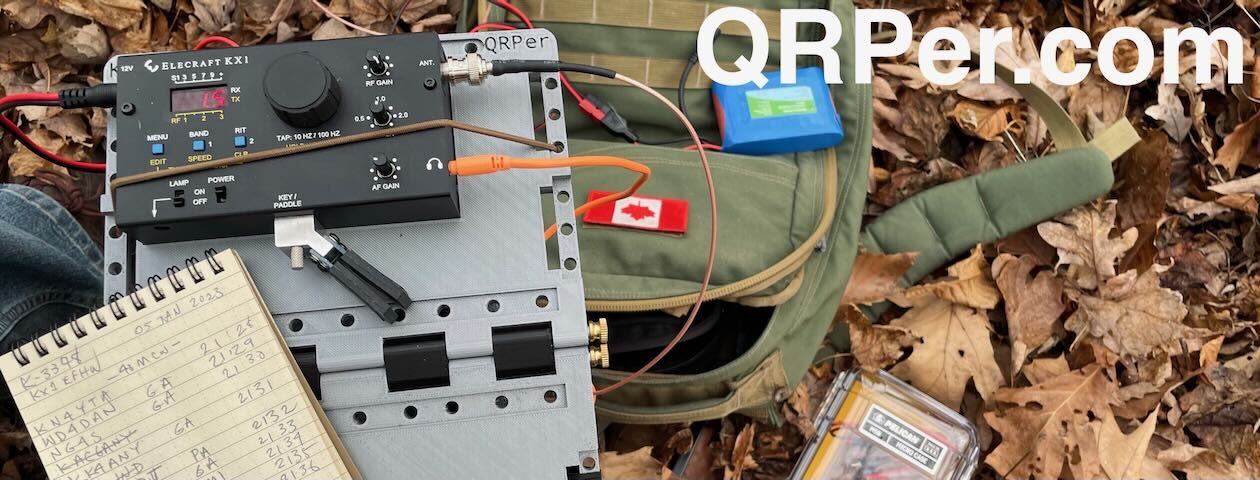I finally snagged one.
In the world of lightweight, super-compact QRP radio kits, there is one key that is, essentially, a legend: the venerable Palm Pico.
The Palm Pico has a stellar reputation because it’s super lightweight, can retract into its housing to protect it in transport, and can be directly attached to various radios with a specific mounting assembly or via Velcro or magnets.
The Palm Pico has been out of production for some time now and, they’re so highly desired, they often fetch the original purchase price or even higher on the used market. Truth is, so few Pico owners are willing to sell that very few of these keys ever enter the used market.
I was very lucky, indeed, when a long-time Patreon supporter reached out and offered to sell me her Palm Pico and Palm Mini paddles along with a KX2 mounting assembly. She had noticed how my eyes lit up when Josh (KI6NAZ) showed me his Palm Pico paddle on an HRCC Livestream in February.
The price she offered was amazingly low. She told me that she favored some of the other keys in her collection and wanted to give me the opportunity to own them. They were like-new with all original boxes and accessories.
How could I resist? I’m so grateful.
I really look forward to using the Palm Pico and Palm Mini this year. I’m especially eager to hook up the Palm Pico directly to the KX2 with its custom mounting bracket.
I decided to take my Palm Pico on a maiden POTA activation at the Vance Birthplace on April 18, 2023.
Postcard Field Report
 I’ve got a load of videos in the pipeline and to keep from falling behind publishing them, you’re going to see more of my slightly shorter “Postcard Field Reports” for the next couple of weeks during my travels.
I’ve got a load of videos in the pipeline and to keep from falling behind publishing them, you’re going to see more of my slightly shorter “Postcard Field Reports” for the next couple of weeks during my travels.
These postcard reports contain all of the core information, just less wordy. (In theory!)
Zebulon Vance Historic Birthplace (K-6856)
I arrived at the Vance Birthplace and checked in quickly with the park staff. There were no picnic shelter reservations that day but there was a family with children eating a picnic lunch when I arrived. Continue reading Postcard Field Report: Pairing my new-to-me Palm Pico with the TX-500 at K-6856!
















































